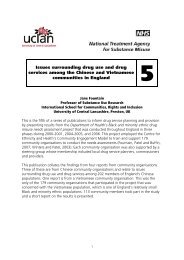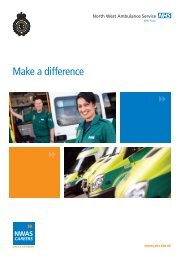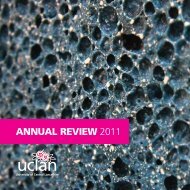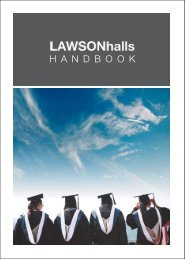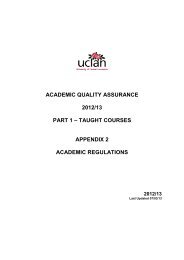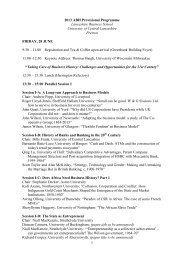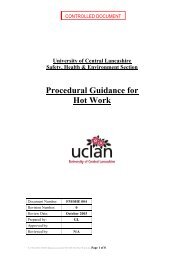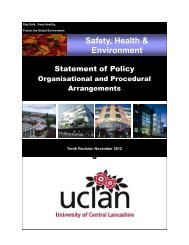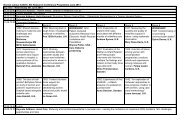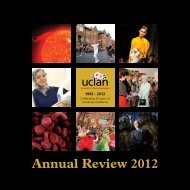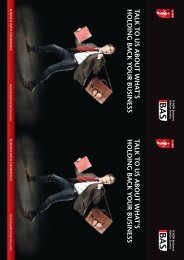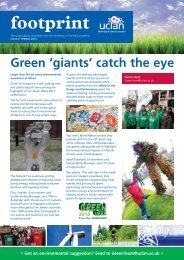PURCHASING PROCEDURES - University of Central Lancashire
PURCHASING PROCEDURES - University of Central Lancashire
PURCHASING PROCEDURES - University of Central Lancashire
Create successful ePaper yourself
Turn your PDF publications into a flip-book with our unique Google optimized e-Paper software.
Samples used in surveys should be representative <strong>of</strong> the population defined in the<br />
brief. Large samples can still be unrepresentative. The sampling method should be<br />
clearly defined and will normally be randomly determined (involving stratification<br />
where appropriate). Where there is weighting <strong>of</strong> samples by key population variables<br />
to yield better population estimates, this should be clearly documented and justified.<br />
Where appropriate and feasible, new or bespoke question sets should be piloted prior<br />
to full survey.<br />
2.5 All statistical results reported in surveys should be accurate, comprehensible to<br />
the intelligent lay reader and should not be misleading or overstated.<br />
This means that statistical findings should be presented clearly and rooted in the<br />
actual data. Comparative statistical judgments should reflect normal standards<br />
associated with inferential statistics. Survey response rates and any significant issues<br />
in validity arising from unsatisfactorily low response rates or potentially skewed<br />
response rates must be foregrounded.<br />
Specifically this means that:<br />
<br />
<br />
<br />
<br />
<br />
Where comparisons are the focus <strong>of</strong> a sample survey, differences should normally<br />
only be highlighted where they are statistically significant (normally at 5% level <strong>of</strong><br />
significance but there will be exceptions).<br />
Tables which report means across groups (with or without claims <strong>of</strong> statistically<br />
significant differences) should also report measures <strong>of</strong> dispersion such as standard<br />
deviation.<br />
Nonparametric statistics should be used where more appropriate than parametric<br />
statistics. Parametric statistics should not be used where normal parametric<br />
assumptions are violated, with particular care and attention to Likert study data.<br />
Sub sample analyses should be reported with caution particularly where sub sample<br />
sizes are small.<br />
Statements which are only true <strong>of</strong> a sub sample should not be presented as being true<br />
<strong>of</strong> the sample as a whole. Equally, statements which are true <strong>of</strong> the sample as a whole<br />
should not be presented as true only <strong>of</strong> a sub sample.<br />
2.6 All surveys should be auditable and reproducible<br />
This means that raw data, appropriately anonymised, should be available for any other<br />
party nominated by the commissioning manager to check statistical assumptions,<br />
calculations and inferential assessments as appropriate. The <strong>University</strong> will normally<br />
carry out an „evidence trail‟ for a small number <strong>of</strong> selected specific conclusions in<br />
each final report (see below).<br />
Purchasing Procedures December 2011



